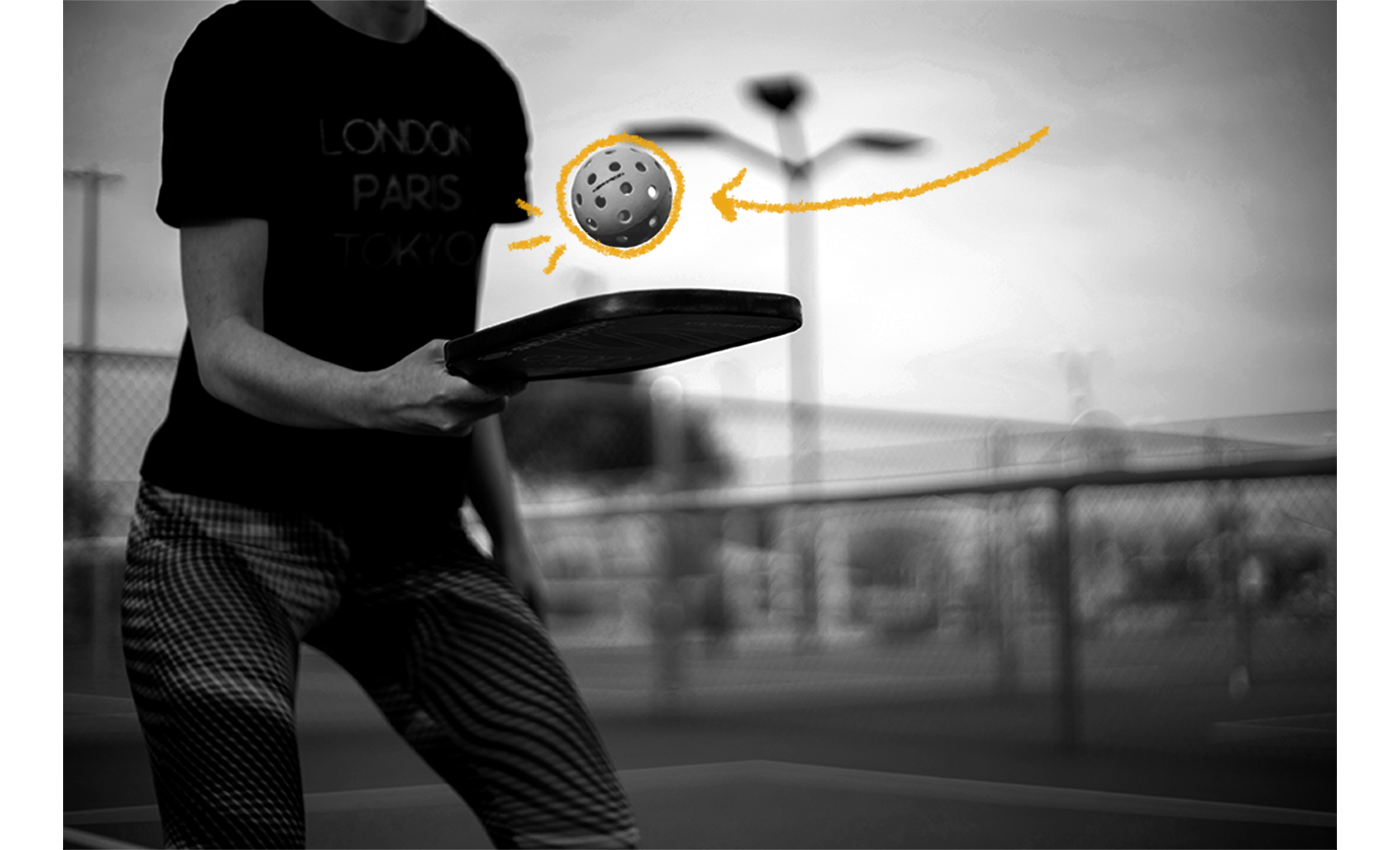David Nelson Mullany, a retired semi-pro baseball pitcher, was inspired to create the Wiffle Ball while watching his son, David A. Mullany, and a friend play a pick-up game with a perforated plastic golf ball and a broomstick. Mullany realized that postwar American suburbia didn’t offer enough room for a full-scale game and that neighborhood attempts often led to broken windows, so he set out to solve that problem. He began cutting holes in ball-shaped plastic containers he commandeered from a nearby Coty cosmetics manufacturer and his son tested the designs. Through trial and error, the Mullanys eventually determined that a ball with eight oblong slots cut into one hemisphere allowed the pitcher to throw a curveball, a slider, or a knuckleball easily. A thin purpose-built Wiffle Ball bat was added and soon, kids in the neighborhood were playing often and began to refer to the high number of strike-outs typically experienced during gameplay as “whiffs.” In 1953, Mullany began to supply local stores with the ball and named it “Wiffle” after the local kids’ term. Since then, Wiffle Ball, Inc. has produced millions of balls and even established game rules. During the Persian Gulf War, Wiffle Balls were so high on soldiers’ wish lists that the company shipped them to troops overseas. Today, Wiffle Ball continues to be a popular recreational activity in neighborhoods all across America.

Your go-to guide for weird history facts
Subscribe to the FREE daily email that makes learning about history fun.


